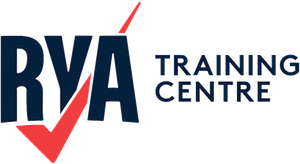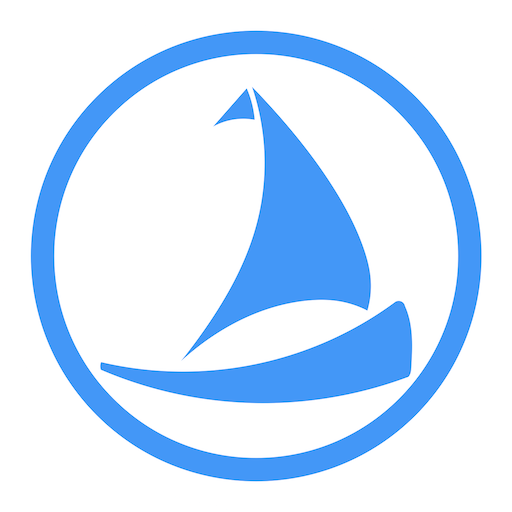Rule 18: Responsibilities between vessels
Except where Rules 9, 10 and 13 otherwise require:
- A power-driven vessel underway shall keep out of the way of:
- a vessel not under command;
- a vessel restricted in her ability to manoeuvre;
- a vessel engaged in fishing;
- a sailing vessel.
- A sailing vessel underway shall keep out of the way of:
- a vessel not under command;
- a vessel restricted in her ability to manoeuvre;
- a vessel engaged in fishing.
- A vessel engaged in fishing when underway shall, so far as possible, keep out of the way of:
- a vessel not under command;
- a vessel restricted in her ability to manoeuvre.
- Any vessel other than a vessel not under command or a vessel restricted in her ability to manoeuvre shall, if the circumstances of the case admit, avoid impeding the safe passage of a vessel constrained by her draught, exhibiting the signals in Rule 28.
- A vessel constrained by her draught shall navigate with particular caution having full regard to her special condition.
- A seaplane on the water shall, in general, keep well clear of all vessels and avoid impeding their navigation. In circumstances, however, where risk of collision exists, she shall comply with the Rules of this Part.
- A WIG craft shall, when taking off, landing and in flight near the surface, keep well clear of all other vessels and avoid impeding their navigation;
- A WIG craft operating on the water surface shall comply with the Rules of this Part as a power-driven vessel.
What this means:
Rule 18: Responsibilities between vessels – Our plain English guide to help you understand & remember this rule.
This rule caters to any potential collision between two vessels of different types. In each, one is given the status ‘stand-on’, the other ‘give-way’. The give-way vessel is obliged to take action, but the stand-on vessel has responsibilities too.
Hierarchy
The underlying principle of the rules is that a more manoeuvrable vessel gives way to a less manoeuvrable one. However, the rule that defines the hierarchy outlines it as ‘Responsibilities between vessels’. This avoids presenting it as anyone having ‘right of way’ and paints the picture that all vessels must take responsibility, but a clear understanding of which is the give-way vessel.
The order is constructed from the core vessel definitions, so while multiple vessel types may be in each category, any vessel will fall into one of five rungs on the ladder.
Exceptions to the hierarchy
Narrow channels & Traffic separation schemes
The responsibility between vessels has three exceptions. Rule 9: Narrow channels & Rule 10: Traffic Separation Schemes define the first two exemptions. Special conditions exist in both these situations. Any vessel less than 20m, a sailing or fishing vessel, shall not impede the passage of a vessel which can only safely navigate within the narrow channel or one using a separation scheme.
Overtaking
The third exemption is Rule 13: Overtaking, which overrides the hierarchy. It would be difficult to expect a vessel being overtaken to give way when approached from behind at a faster speed.


